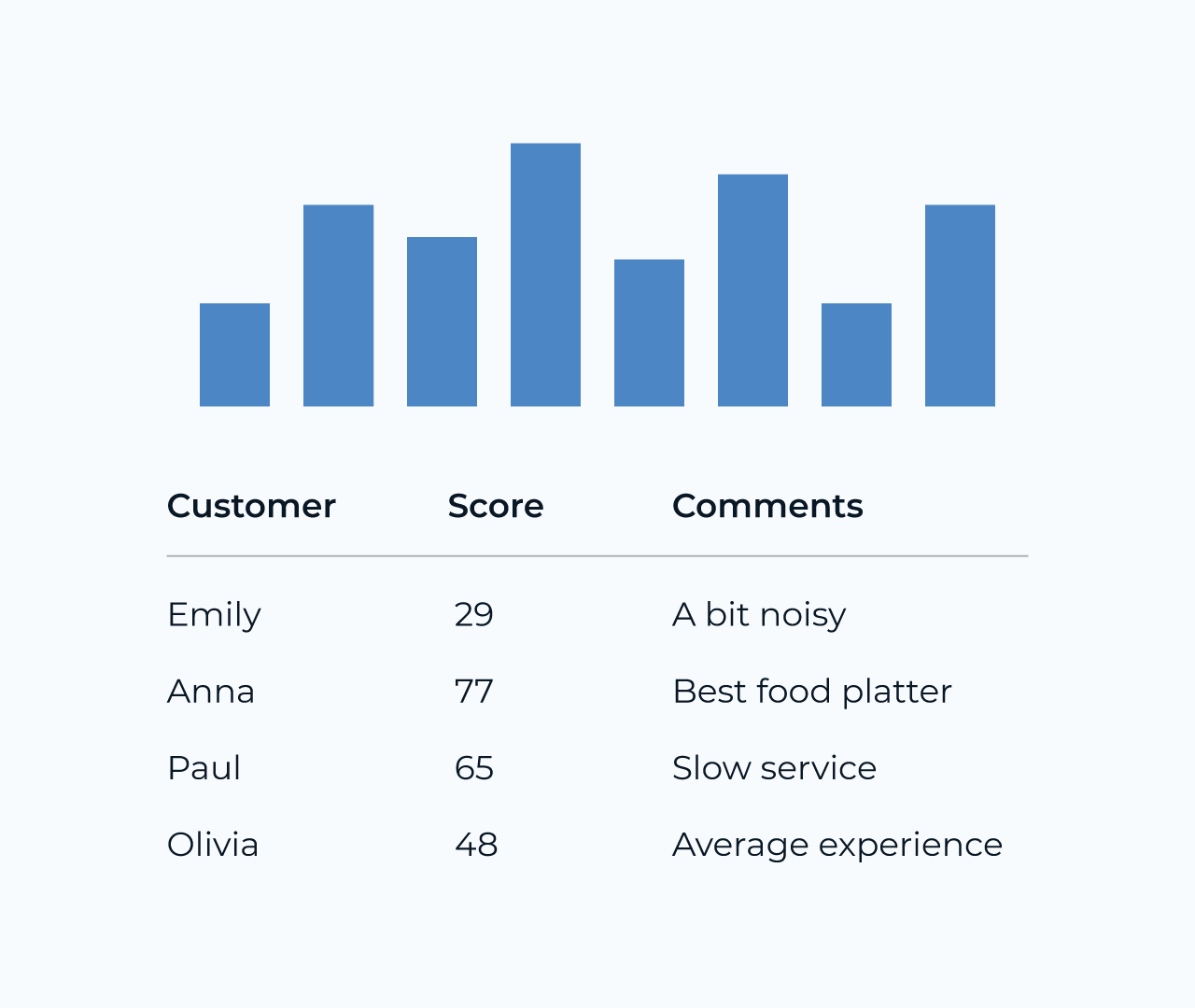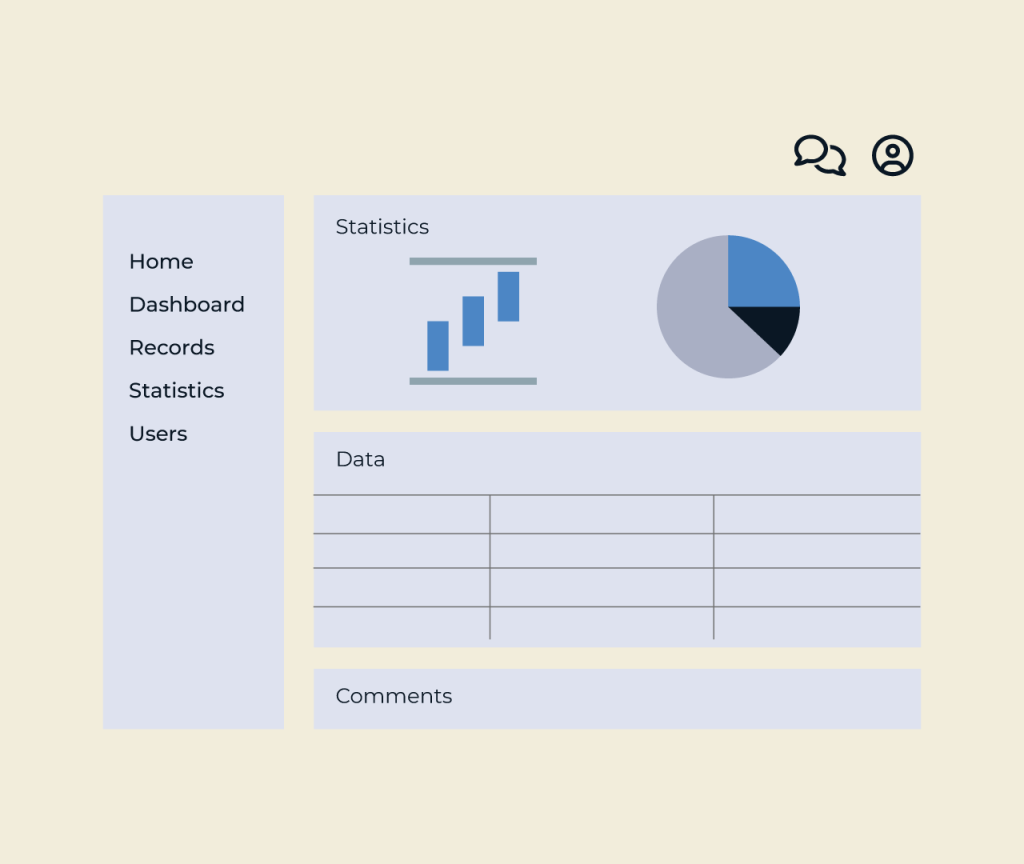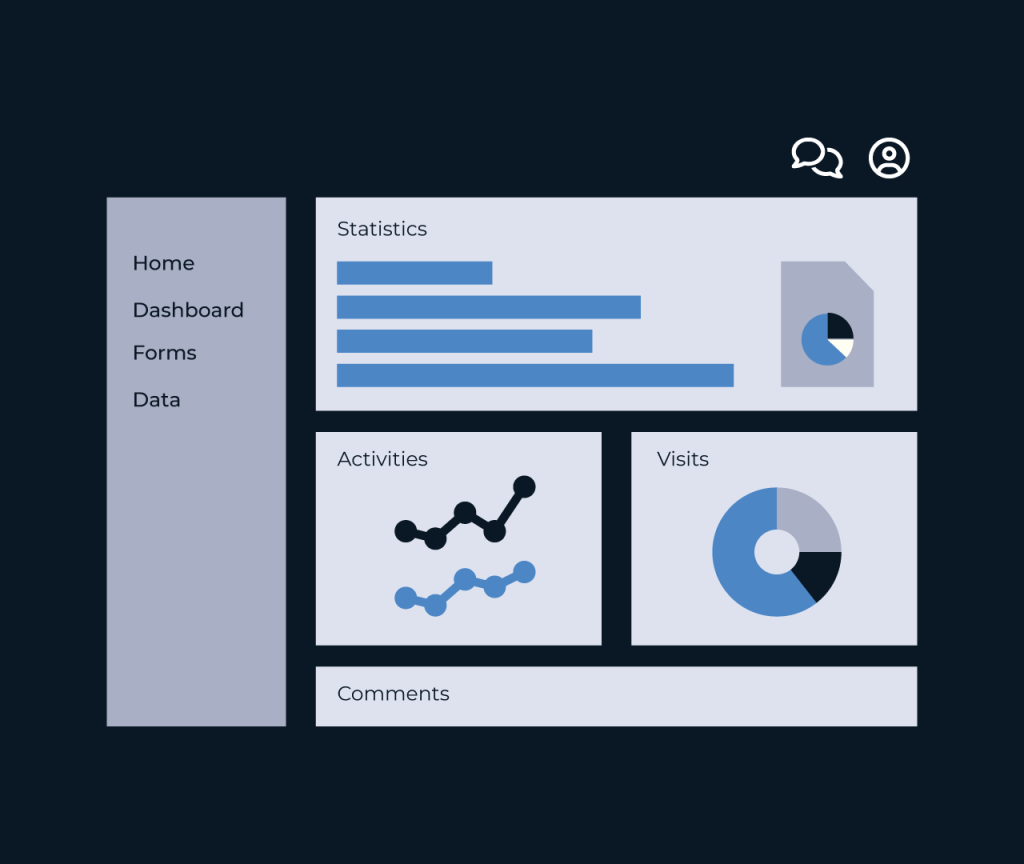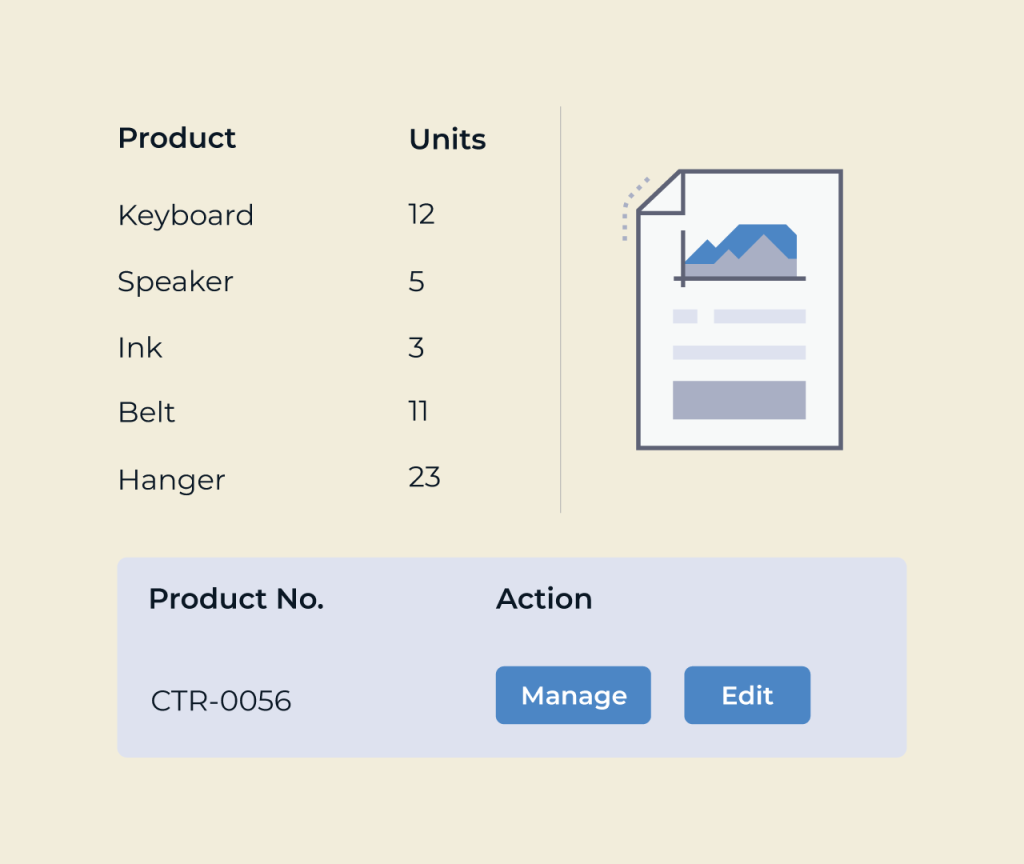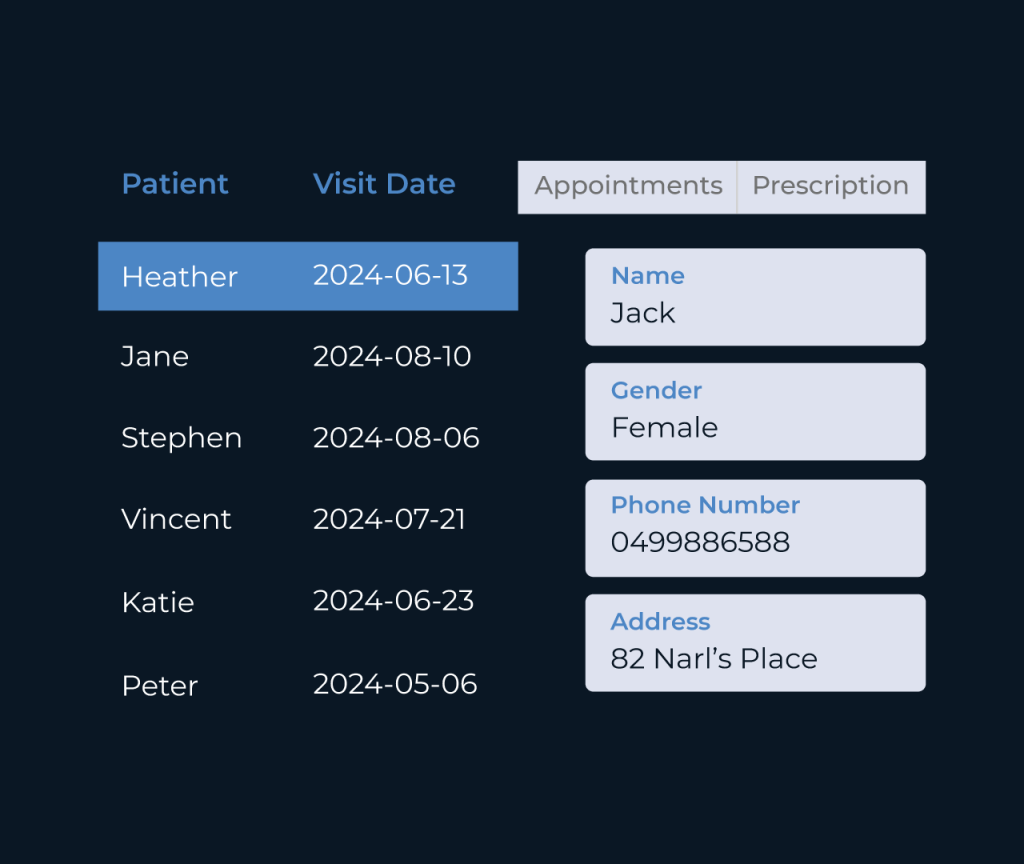Create a Knowledge Management Platform
Creating a knowledge management platform is essential for organizations seeking to streamline information sharing and enhance collaboration. A well-structured platform centralizes data, facilitates easy access, and promotes effective knowledge transfer among team members. This empowers employees to find information quickly, reducing redundancy and encouraging innovation.
Five provides a robust solution for building your knowledge management platform. With its intuitive interface and powerful features, Five enables users to create, organize, and share knowledge seamlessly. Customizable templates, collaborative tools, and integrated communication channels ensure that all team members can contribute, making knowledge accessible and fostering a culture of continuous learning.
